Tag: reasoning
-
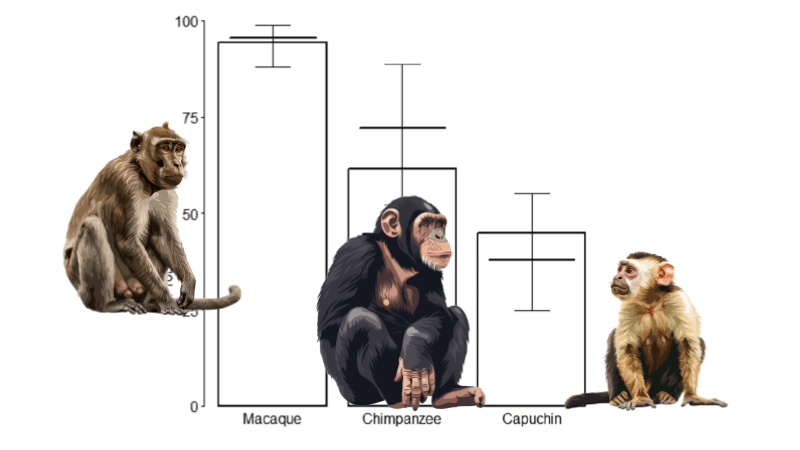
Data Analysis – Tool Use in Primates (CER)
Chimpanzees, capuchins, and long-tailed macaques use tools to crack the shells of nuts. They place the nut on a hard surface, like a flat rock, and strike it with a stone to crack the shell. These three primate species use different techniques. Chimpanzees and macaques crack the nuts while sitting, but the capuchin stands on…
-
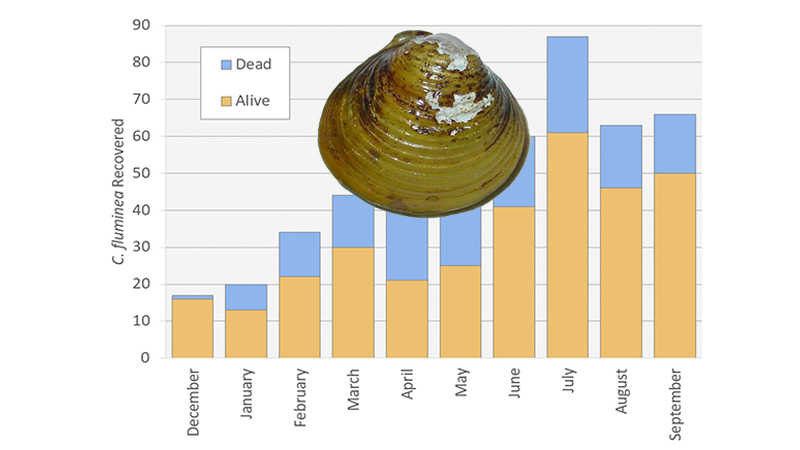
A Clammy Problem – Invasive Mollusks in Michigan
Examine a graph showing the numbers of invasive clams collected in a lake in Michigan. Answer basic questions about data and write a CER.
-
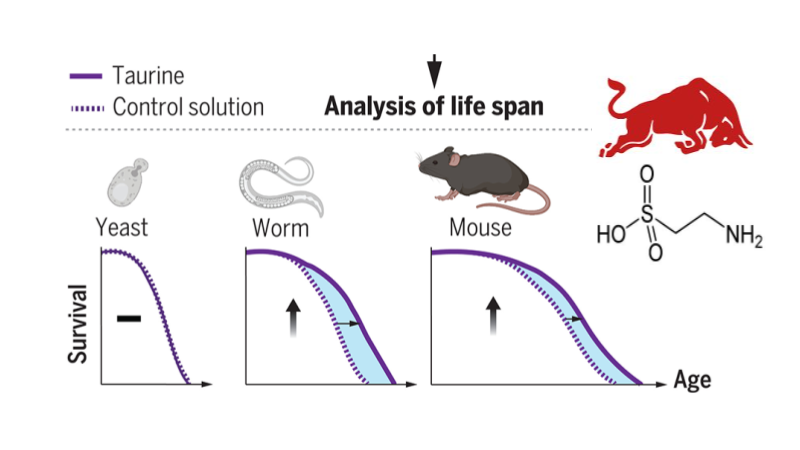
Interpreting Diagrams – Taurine and Aging (CER)
Students analyze a graph showing the effects of the amino acid taurine on aging. The data is from a primary source. Identify claim, evidence and reasoning.
-
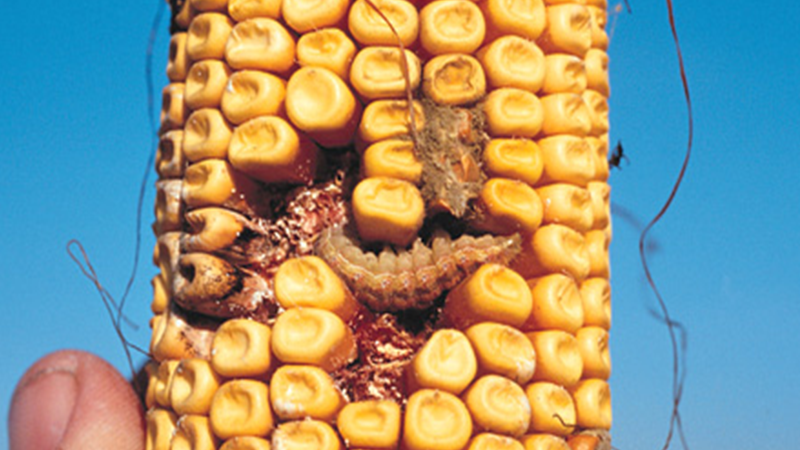
Can Genetic Modification Protect Corn?
The European corn borer (ECB) is a major pest of corn in the United States. It is a small, black and white moth that lays its eggs on the leaves of corn plants. The larvae hatch and tunnel into the stalks, ears, and leaves of the plant, causing significant damage. Bt corn is a type…
-
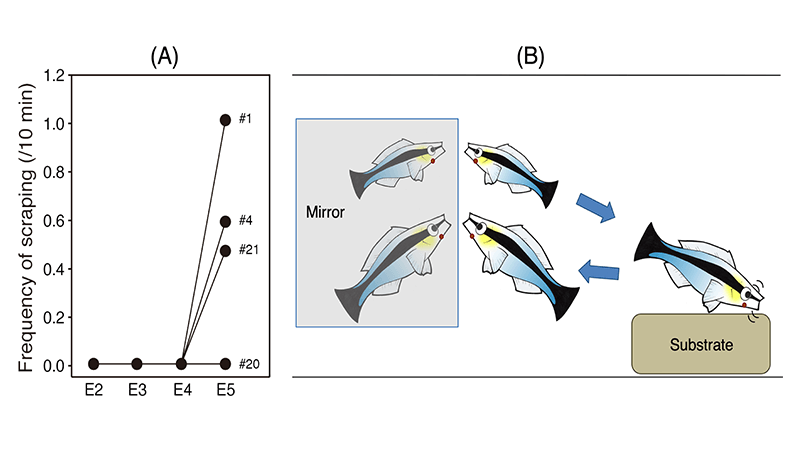
Can Fish Recognize Themselves in a Mirror (CER)
Examine data that supports the claim that fish exhibit self awareness. Fish scrape their bodies on substrate when they see a mark on themselves in the mirror.
-
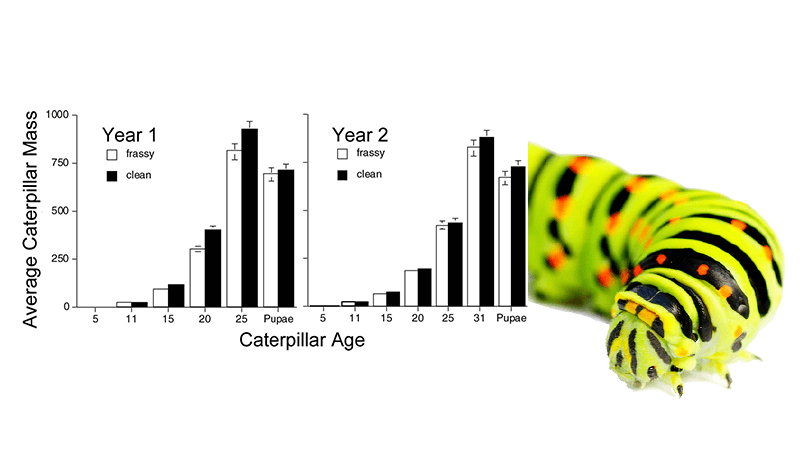
Why Do Caterpillars Fling Their Frass? (CER)
Students examine data on caterpillars to determine an evolutionary reason for an observed behavior. Caterpillars will fling their feces far from the nest!
-
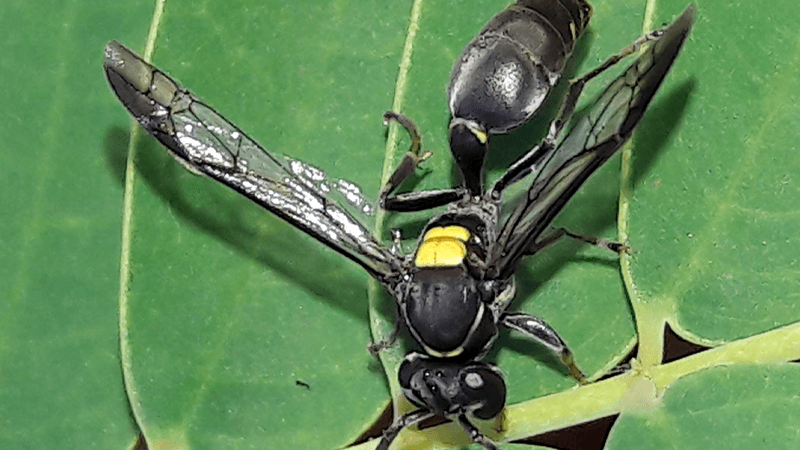
Brazilian Wasp Venom Kills Cancer Cells – CER
Students complete an CER on how Brazilian wasp venom can disrupt the cell membrane of cancer cells which can potentially be used to treat disease.
-

CER – How Effective Are Masks at Preventing Disease
Students examine data that show the effectiveness of mask wearing and the prevention of disease. The activity is a CER format (claim, evidence, reasoning.)
-
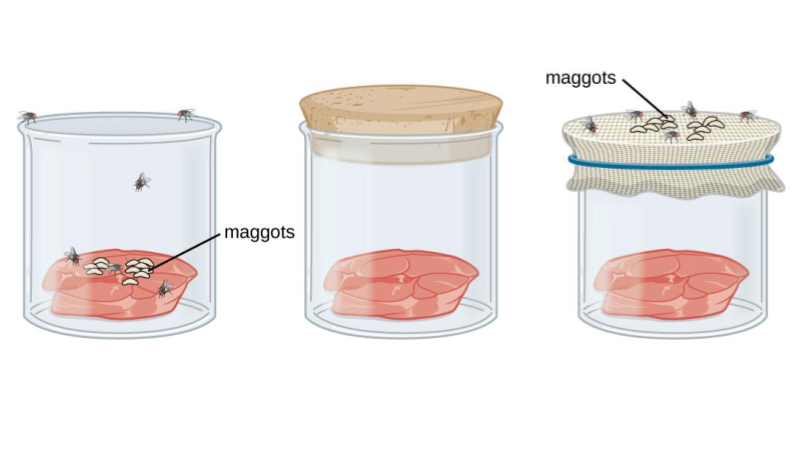
Early Discoveries in Science – Remote Version
Remote version of early discoveries in science. Slides present scenarios about how the scientific method is used to solve real-world problems.
-
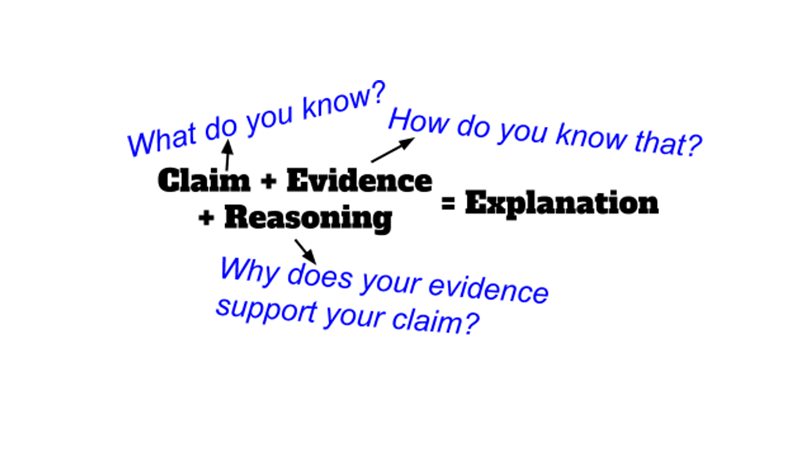
CER and Data Analysis
CER introduction to scientific argumentation (claim, evidence, reasoning), Analyze a graph showing ACE2 receptors by age group.
-
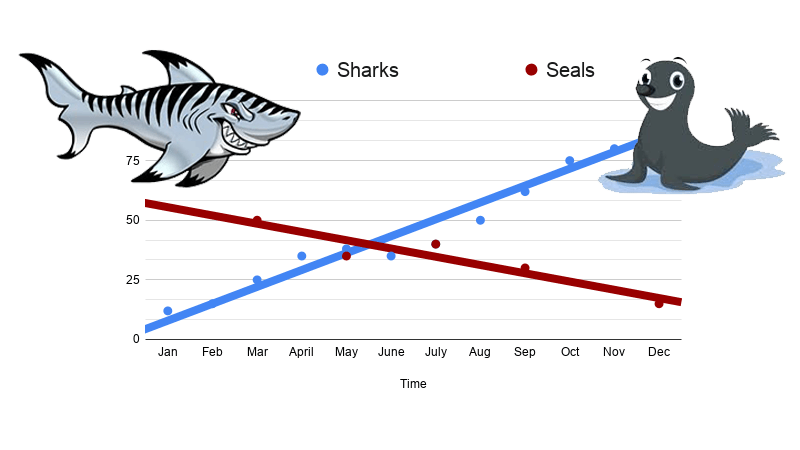
CER – Data Analysis with Sharks
Shark data by month where students make a LINE graph to show how the population changes over time. Students complete a CER to discuss results.
-
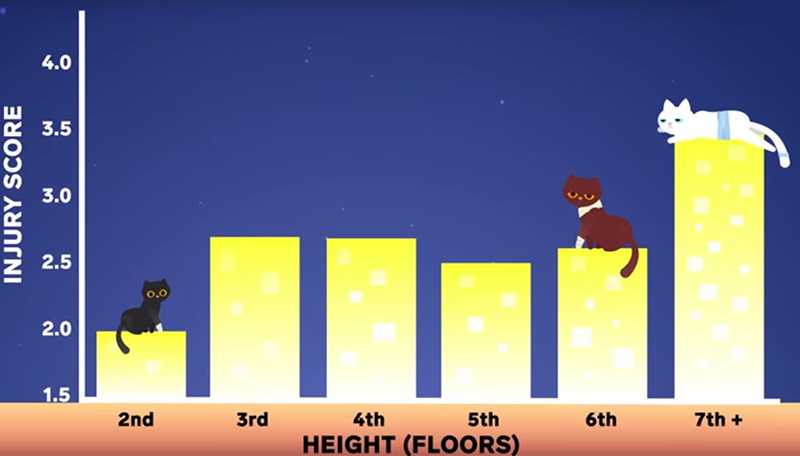
Falling Cats – CER
Students practice Claim, Evidence, and Reasoning (CER) while examining the relationship between falling height and cat injuries. The graphs show that cats who fall 2-7 stories often suffer more injuries than cats who fall from greater distances. Not much information is given about how the data was collected, though the original source is included, I…
-

Early Discoveries – CER
Explore historical scientific discoveries, like Pasteur’s experiments to learn about the scientific method.
-
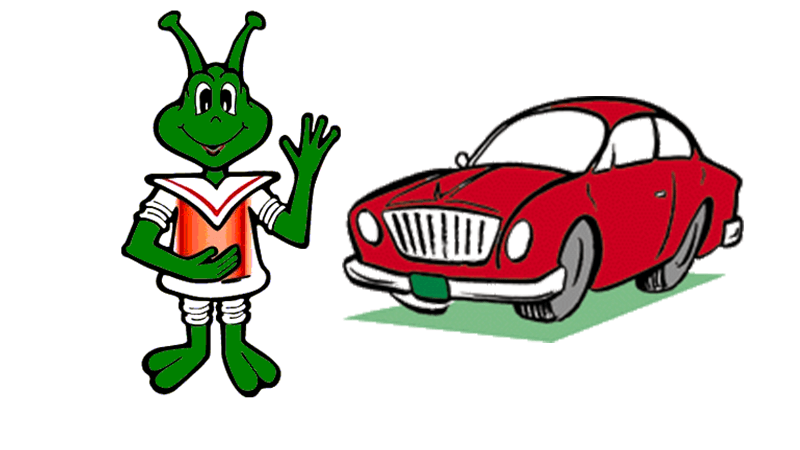
The Martian and the Car
This worksheet is one of the older ones in my collection, and was recently updated to include a Claim-Evidence-Reasoning section (instead of short response/essay). This a a great way to introduce the topic of life and how we define whether something is living or not. In this scenario, a Martian is observing earth and decides…
-
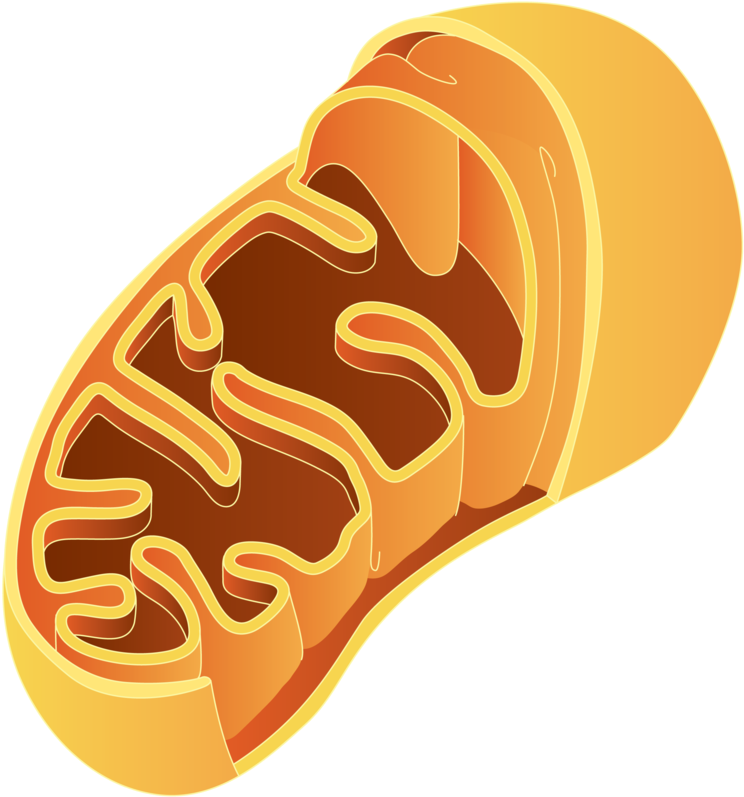
Mitochondria, DNA, and the Aging Process
This short article was designed for anatomy and physiology students studying the cell. The class focuses on how disease states can often be traced back to problems with cells. Senescence, or aging, has been linked to a build-up of mutations in mtDNA.

